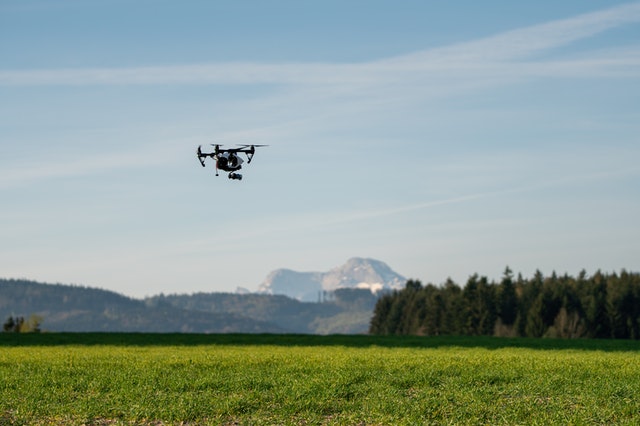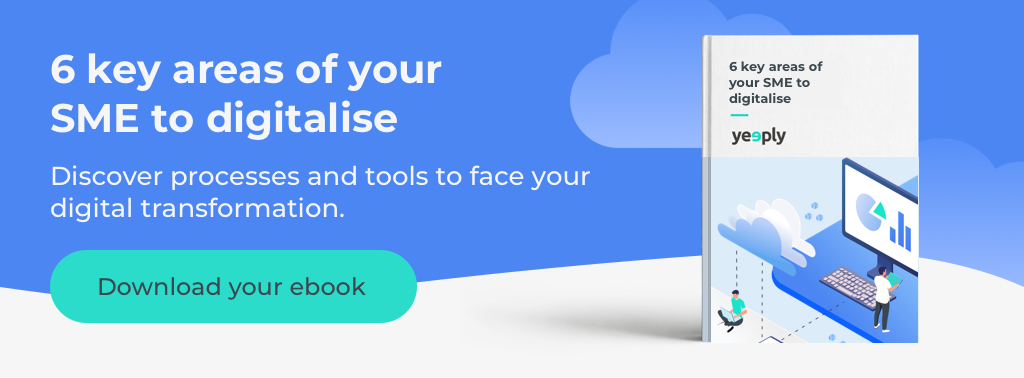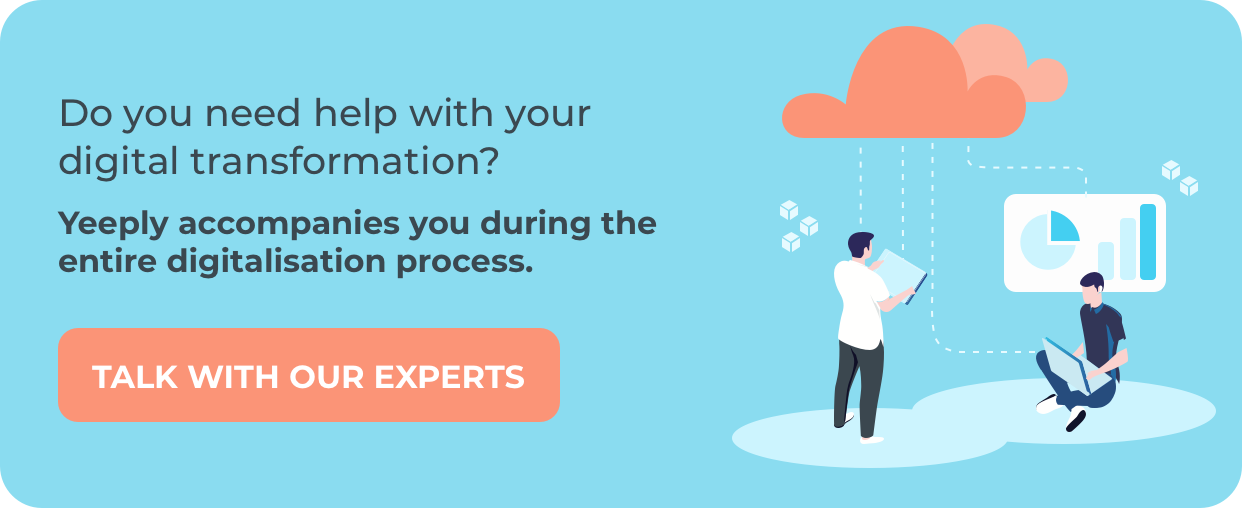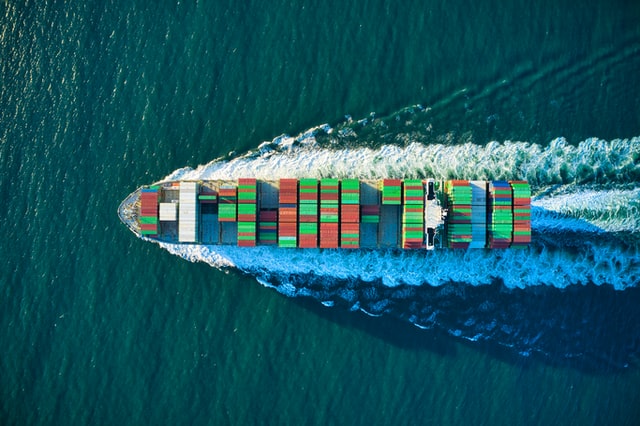Smart farming has seen an increase in use in recent years and its market value is expected to reach USD 5.09 billion by 2023.
The new production model based on agriculture 4.0 brings new tools to the primary sector through large-scale data collection systems or the incorporation of AI, with the aim of increasing productivity, reducing costs and the environmental impact of agricultural practices.
Index
- What is Agriculture 4.0?
- Digital technologies for the agri-food sector
- Innovative applications of Agriculture 4.0
- Advantages and disadvantages of Agriculture 4.0
- The future of Agriculture 4.0
What is Agriculture 4.0?
This agricultural revolution is based on having all the information provided by all the sensors used on a farm, centralising this information via the internet and analysing this data for optimal decision-making.
Any sensor used produces a large volume of data that can be massively analysed, providing valuable information to improve crop quality or reduce the impact on the environment.
The automation and data exchange required by this new smart agriculture (smart agro) comes through three main elements: the Internet of Things (IoT), physical hardware systems and cloud computing.
Using technological advancements (drones, sensors, software…) we are able to carry out agricultural tasks in less time than humans and with better results, in addition to collecting a large volume of data whose analysis will allow savings in supplies, resources and working time.
Keep reading: The Role of the Apps in the Digitisation in Industry 4.0
Digital technologies for the agri-food sector
Big Data
Connectivity within an agricultural network provides a huge volume of data, which once analysed, provides valuable information at all points in the supply chain.
For example, when it comes to growing a certain food crop, big data gives us precise information on which chemicals are the right ones to apply, the optimum concentrations and the best time to apply them.
At other points in the chain, this information would also be useful, for example, to improve production faults, to gain a market advantage over competitors, or to optimally target your customer base.
Big data will make the whole chain more competitive and profitable, traceability more secure, helping to meet the demand of local and international buyers.
? You may be interested in: What is Foodtech and why is it worth investing in it?
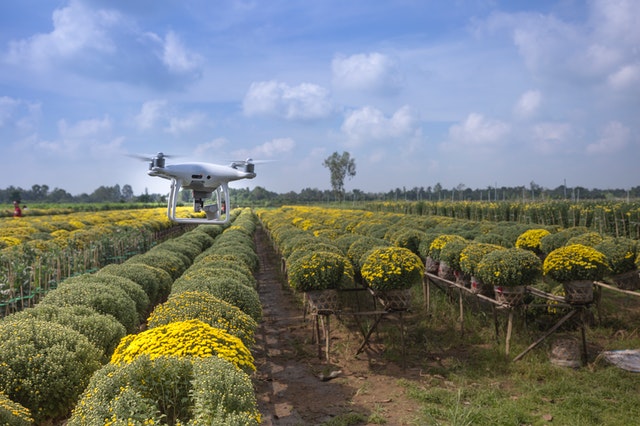
IoT Sensors
The use of IoT in agricultural devices will become the norm, not the exception, as mobile software becomes increasingly easy to interface the same data with different applications. This will reduce the financial and time costs arising from human error. Sensors are already used to monitor soil nutrition, temperature, humidity and more. The IoT will interconnect all these systems together, eliminating the need to repeatedly enter data into multiple applications that do not communicate with each other.
? Related article: 8 Examples of IoT Objects that are Revolutionising our Daily Lives
New technologies
For example, scout drones are a great help in searching for pests in the field or hard-to-reach places that need extra attention. Recent advances in sensor technology are adding new functionalities to drones, such as using wavelengths in the light spectrum to detect weeds and diseased crops from the air.
Artificial Intelligence
AI is emerging as an essential part of the technological evolution of agriculture. This intelligent farming is applied to crops through autonomous robots capable of performing basic tasks such as sowing, harvesting or spraying chemicals, monitoring crops and soils through learning algorithms to process data captured by drones and/or software-based technology.
AI performs predictive analytics from machine learning models to predict aspects such as impacts of environmental conditions on plantation yields.
✏️ Recommended article: Augmented Intelligence: humans and AI joining forces
Innovative applications of Agriculture 4.0
AGI Suretrack
It offers complete management solutions to farmers, cooperatives and seed companies, through its software and hardware to improve management and productivity at every stage of production, from planting grain to harvesting and putting it on the market. It collects data from weather stations, agricultural machinery, grain storage status, etc.
FarmVisionAI
This mobile application can be used while examining plants and walking through the plantation. The images taken through the app are geotagged and you can add notes, recommendations and various actions that allow you to have a record of everything that happens in your crops so that you know how to act at all times.
HedgeCommand
A system for commercialising grain that uses data science and economic analysis to generate customised price recommendations for farmers based on their product and market type. It assigns different probabilities to different price and yield outcomes to provide producers with an overall picture of expected profitability.

Advantages and disadvantages of Agriculture 4.0
Agriculture is currently under severe pressure, mainly due to global population growth, scarcity of natural resources and climate change.
Agriculture 4.0 can be a great ally in this situation, as it increases crop productivity, improves the decision-making process when managing crops (humidity, nutrients, pests, etc.), reduces the impact of agricultural practices on the environment by reducing, for example, the use of chemicals, as well as reducing costs such as electricity, water and fuel.
However, although this Smart Agro is promising, it needs to overcome some challenges such as the digital divide in rural areas, promoting the financing of this innovation in Industry 4.0 and regulations that protect all the data that companies obtain from their own plantations.
This video describes smart farming in Singapore:
The future of Agriculture 4.0
Agriculture 4.0 is more than a movement, it is the next step forward in agriculture towards a smarter, more efficient and environmentally friendly industry.
Daily operations throughout the supply chain generate vast amounts of data. In most cases, this information was untapped, but through the use of big data and new technologies, all this information can be used to improve the performance and productivity of any crop.
Although there are still challenges to overcome, we are confident that Agriculture 4.0 will be implemented on a global scale, allowing us to solve some of the major challenges facing humanity such as lack of resources or climate change.
Do you want to digitise your business thanks to technology? At Yeeply, we are sure we can help you thanks to our extensive experience and our network of certified experts.

